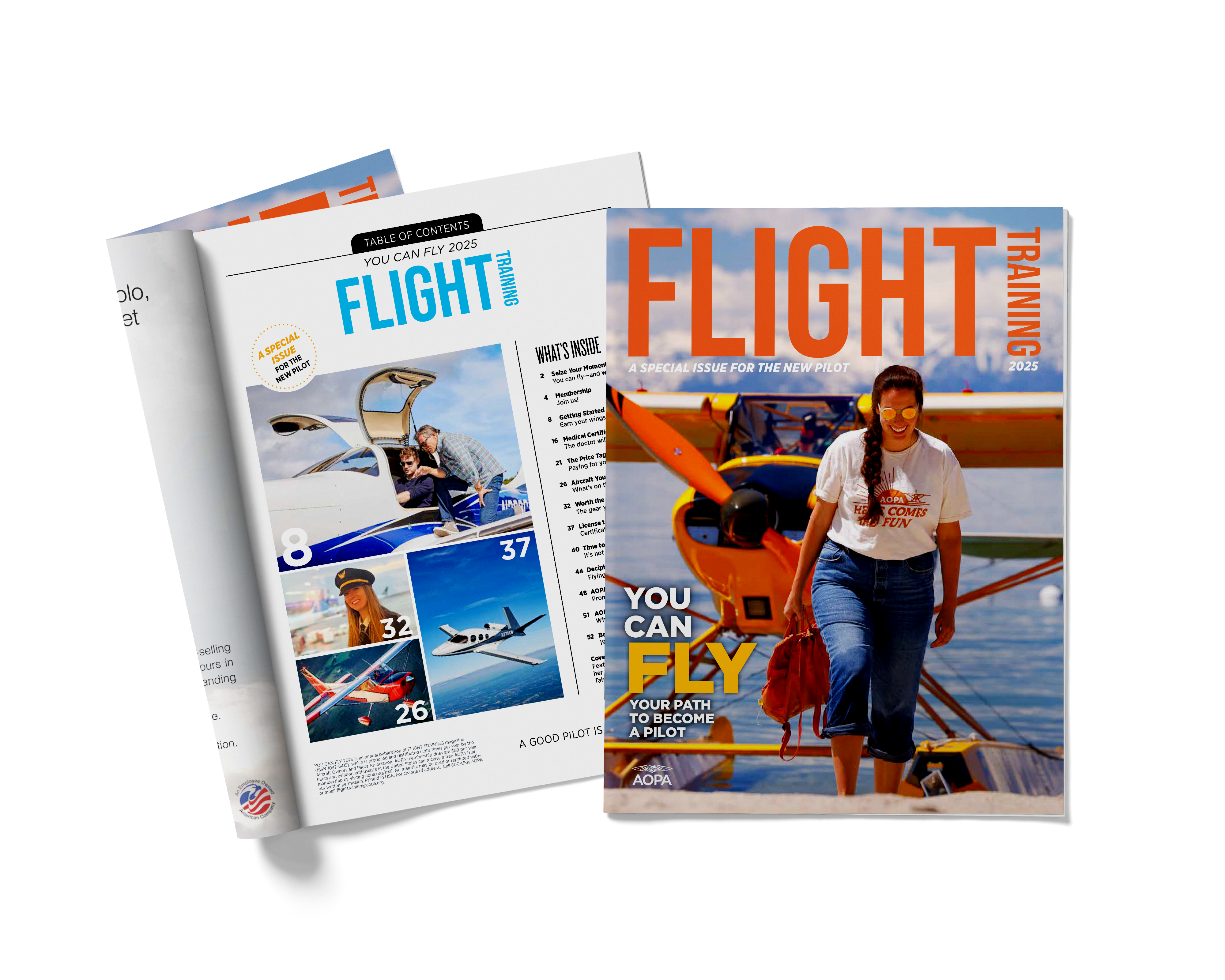Training and Safety Tip: Master the sky
Before your next flight, play a game of chess. You don’t have to be good at it, or win. In fact, you’ll probably get more out of it if you get roundly trounced.
Consider this: Chess trains your brain to pay attention, to think ahead, to not ignore action on the sidelines, and to remember past moves. How does this play out in aviation?
As the pilot chess master, you need to keep track of all the pieces and how their current moves—and probable future moves—affect you and your aircraft. You do this by building up an ever-evolving mental 3D picture of the environment around you. That’s situational awareness. Your mental picture includes the airplanes sharing the sky with you, and any operating on the ground below. And to help you construct this mental picture, there’s some awesome technology at your disposal.
First and foremost is the humble radio. At least, it’s first and foremost if you use it with a chess master’s cunning. At towered airports don’t content yourself with just listening for your N-number; and at nontowered airports, don’t just content yourself with broadcasting your actions. Instead, turn all the radio chatter into moves on your mental 3D chess board. Picture where each aircraft is, what each is doing, and what their intentions are.
ADS-B is another powerful tool to help increase your situational awareness, but be careful about over-reliance on the technology. Don’t treat it like some sort of alarm system. Instead, as with the radio, take the information it provides and add it to the mental picture that you are building of the aviation environment around you. For example, “There’s another aircraft approaching from the southeast and I haven’t heard them on the radio yet, but they could get to the airport at about the same time when I do.”
And who knows? Maybe working on your situational awareness will up your chess game, too; and in no time, you’ll be master of both.

You Can Fly !

This beginning pilots' resource guide explains what you can expect from your introductory flight through initial training— and how to turn your dream of flying into reality. Simply enter your name and email address.



